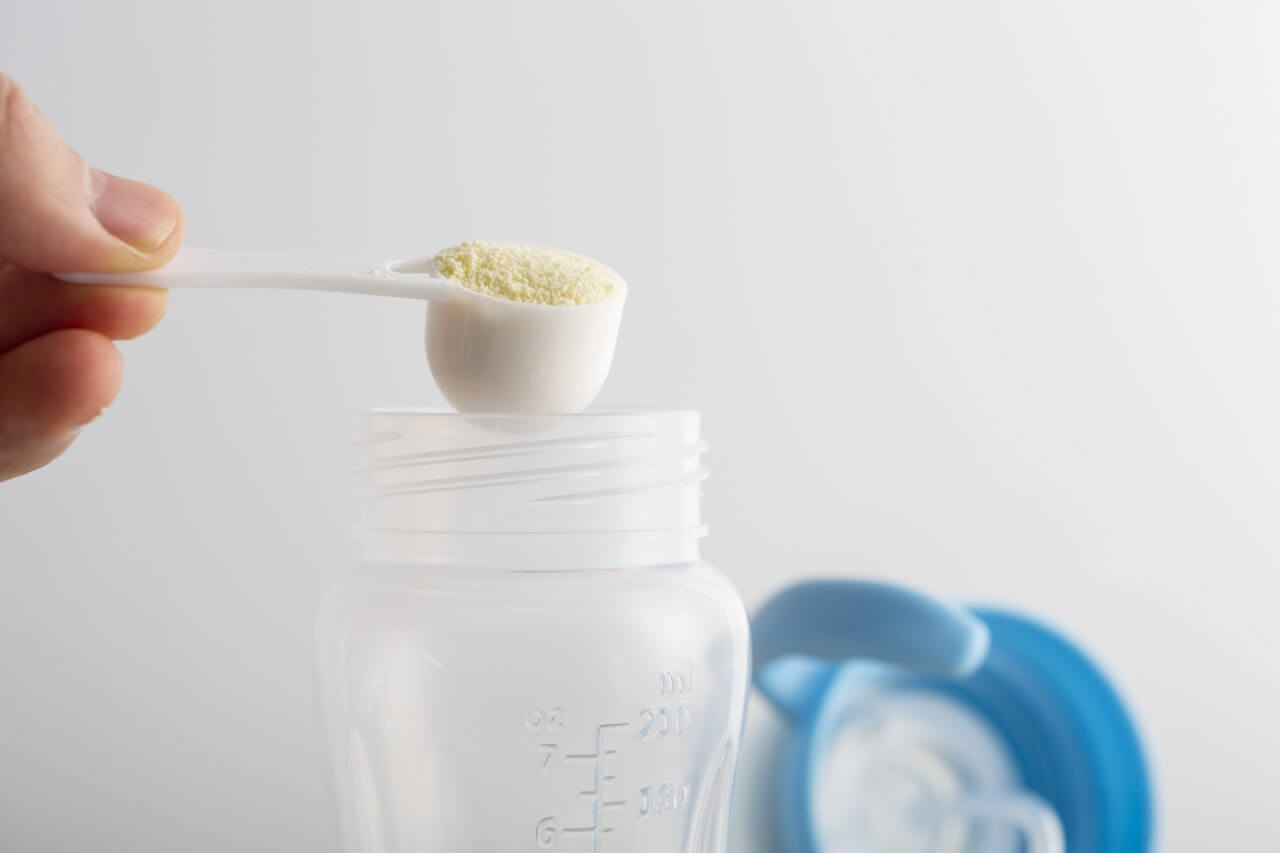5 Different Breastfeeding Positions For Your Newborn

In this article, you’ll find:
- Getting Started: Steps & Tips For Breastfeeding Positioning
- Lying Down Breastfeeding Positions
- Upright Breastfeeding Positions
Getting Started: Steps & Tips for Breastfeeding Positioning
Breastfeeding is the most natural of activities, but it doesn’t always come naturally at first. Making it a positive experience for baby and mother can take some experimentation. In particular, you’ll need to know the best breastfeeding positions for your baby when nursing to enable good flow of breast milk and prevent nipple soreness.
To get your baby into the right position to breastfeed, take these steps:
- Get comfortable, with plenty of support for your back and arms, and for your baby. This is crucial in all breastfeeding positions.
- Hold your baby close to you, facing you so that he/she doesn’t have to turn his/her head to reach your nipple. When you are first breastfeeding, it can be helpful to have someone hand your baby to you after you’ve found a comfortable position.
- Position your baby so his/her chin is touching your breast. Support your breast so it’s not pressing on your baby’s chin.
- Encourage your baby to open his/her mouth wide and latch onto your breast. Pull your baby closer, as needed, by supporting his/her back rather than the back of the head.
- If nursing is painful, gently detach your baby from your breast and try again.
As with any new skill, practice is required. Here are some other things you can do as a new breastfeeding mom:
- Become part of a breastfeeding support community. Taking a class or joining a breastfeeding group can be very informative and reassuring.
- Get to know your baby’s feeding behaviors and hunger cues. Nursing at the right time—when your baby is hungry, but not overly so—helps make the process easier.
- Promote breast milk production. You should breastfeed or pump within an hour after your baby is born, and breastfeed or pump 8-10 times in every 24-hour period to help your breasts make more milk. Gently squeeze and massage your breasts before and during breastfeeding or pumping.
As you get comfortable with breastfeeding, you can try different positions to see which ones work best for you and your baby. Some of the most frequently used breastfeeding holds are described below.
Lying Down Breastfeeding Positions
Laid Back
Recommended for: Newborns, babies with sensitive stomachs and moms who have smaller breasts.
To use the laid-back breastfeeding position, do the following:
- Position yourself as if you’re sitting in a recliner, with plenty of support for your neck, shoulders, arms, and back.
- Put your baby’s belly against your belly and his/her head between your exposed breasts to stimulate feeding instincts. When your baby starts searching for your breast, adjust his/her position so he/she can latch onto your nipple, ensuring your baby is able to breathe freely while nursing.
- Keep in mind that babies can nurse from different angles, so position your baby for his/her comfort and yours.
Side-Lying
Recommended for: Moms who need to rest while nursing or are recovering from delivery pain.
To use the side-lying breastfeeding position, take these steps:
- Lie on your side facing your baby with pillows supporting your head and back, and a rolled-up baby blanket within reach.
- Position your baby on his/her side, facing you with his/her nose aligned with your nipple.
- Pull your baby’s body comfortably close to you, then lean back on the pillow behind you to raise your breast and position your nipple near his/her mouth.
- When your baby’s mouth opens wide, gently press your palm between his/her shoulder blades to assist in latching.
- Put the rolled-up blanket behind your baby for support while nursing, leaving his/her head free to tilt back if needed. Let your baby’s head rest on the bed or your arm as you prefer.
Upright Breastfeeding Positions
Football Hold
Recommended for: Moms who’ve had a C-section or are nursing twins.
To use the football hold breastfeeding position, do this:
- Put a pillow on the side you want to nurse from, and with your arm around your baby, position him/her with the head near your breast and feet toward your back. Your arm should remain behind your baby for support.
- Support your baby’s head and neck with the web between your thumb and forefinger. Allow your baby’s head to tilt back slightly so that the chin is not touching the chest. This helps promote a good latch.
- Move your baby close to you, and with your other hand, support and gently compress your breast to help him/her latch deeply.
- Position your nipple between your baby’s upper lip and nose to trigger what’s called the rooting reflex. When your baby’s mouth opens wide, gently apply pressure between his/her shoulder blades with the palm of your hand to help tilt the head back and move the chin toward your breast.
- Use a rolled-up towel if needed with the football breastfeeding position to support the hand and wrist that you are holding your baby with.
Cradle Hold
Recommended for: Moms and babies who are now comfortable with breastfeeding.
To use the cradle hold breastfeeding position, follow these steps:
- With a pillow in your lap, place your baby on his/her side, facing you, with your arm behind him/her for support. If you are nursing on the right side, it will be your right arm behind your baby.
- Rest your baby’s head and neck in the bend of your elbow. Be sure your baby’s head is not touching his/her chest, which makes it difficult to get a good latch.
- Pull your baby closer, and with the opposite hand, support and gently compress your breast to promote a deep latch.
- Trigger your baby’s rooting reflex by positioning your nipple between the upper lip and nose. When your baby’s mouth opens wide, move him/her close to you quickly to enable a good latch. Your baby’s head should be back slightly, with his/her chin touching your breast.
Cross-Cradle Hold
Recommended for: Helping mom guide the baby’s head to the breast and preparing for the more advanced cradle hold.
To do cross-cradle hold breastfeeding, follow these steps.
- With a pillow in your lap, place your baby on his/her side facing you.
- Put the arm that is opposite from the side you’re going to breastfeed on behind your baby. For example, this will be your left arm if you’re breastfeeding from the right breast.
- Support your baby’s head and neck with the web between your thumb and forefinger, ensuring that his/her head is tilted back slightly to enable a good latch. Your baby’s chin shouldn’t be touching his/her chest.
- Pull your baby closer, and with the opposite hand, support your breast and gently compress it slightly to enable a deep latch.
- Put your nipple between your baby’s upper lip and nose to trigger the rooting reflex. When your baby’s mouth opens wide, use the palm of your hand to apply gentle pressure between his/her shoulder blades to bring him/her closer and tilt the head back a bit. Your baby’s chin should touch your breast with his/her nose away from it slightly.
Meet with one of Baptist Health’s lactation consultants if you need further assistance with proper breastfeeding techniques.



